Are you a sewing enthusiast who always gets confused about which thread type and size to use for your project? Don’t worry, you’re not alone! Choosing the right thread can make all the difference in achieving a professional-looking finish. With so many options out there, it’s easy to get overwhelmed.
In this blog post, we’ll break down everything you need to know about sewing thread types and sizes. So grab your cup of tea and let’s dive in!
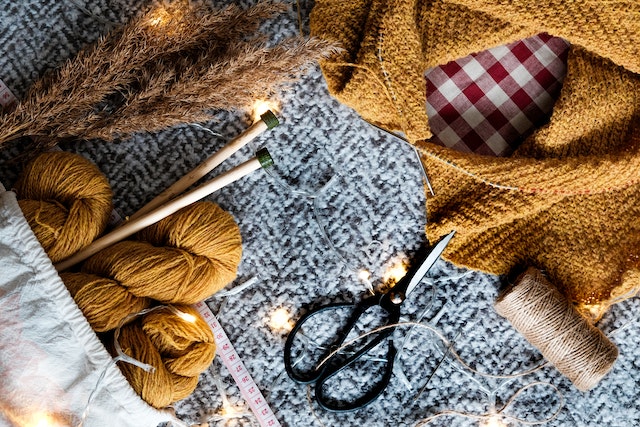
How is Thread Measured?
Thread is typically measured by the denier or “D” system in the U.S., Canada, and Europe. The lower the Denier number, the finer the thread. The most common deniers used in sewing are 40, 50, 60, and 80.
The other measurement system used for threads is based on Ticket Count or “T“. This is more common in Asia and England. The smaller the T number, the finer the thread. The most common ticket counts used in sewing are 20, 22, 24, 26, 28, 30.
Each of these systems has its own benefits and drawbacks. In general, the denier system is easier to understand because it uses larger numbers for thicker threads while the ticket count system uses smaller numbers for thicker threads. However, both systems are used interchangeably in different parts of the world.
When shopping for sewing thread, you will often see a number followed by either D or T. For example, 50/3 means that the thread is a size 50 denier or size 3 ticket count.
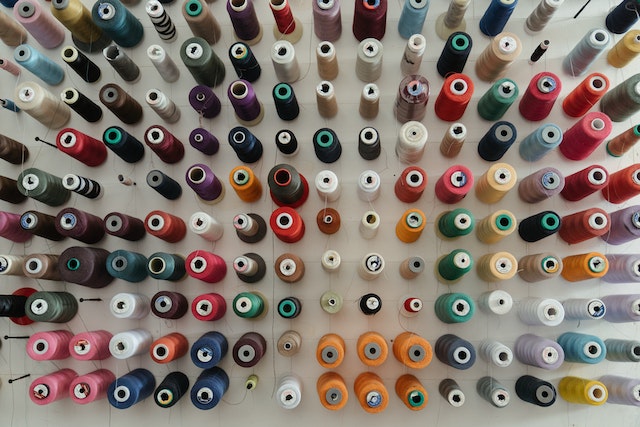
What is Tex?
Tex is a unit of measurement that is used to determine the diameter of a thread. The higher the tex number, the thicker the thread. A sewing thread that is size 40/2 is equivalent to 80 texes.
Types of Sewing Threads
There are many types of sewing threads available on the market. Each type has its own unique purpose and characteristics.
The most common types of sewing threads are:
All-purpose thread:
This is the most versatile type of thread and can be used for a variety of purposes, from general stitching to quilting. It is available in a wide range of colors.
Embroidery thread:
This type of thread is specifically designed for embroidery work. It is usually made from cotton or polyester and comes in a wide range of colors.
Quilting thread:
This type of thread is specifically designed for quilting. It is usually made from cotton or polyester and comes in a wide range of colors.
Buttonhole twist:
This type of thread is specifically designed for making buttonholes. It is usually made from cotton or polyester and comes in a wide range of colors.
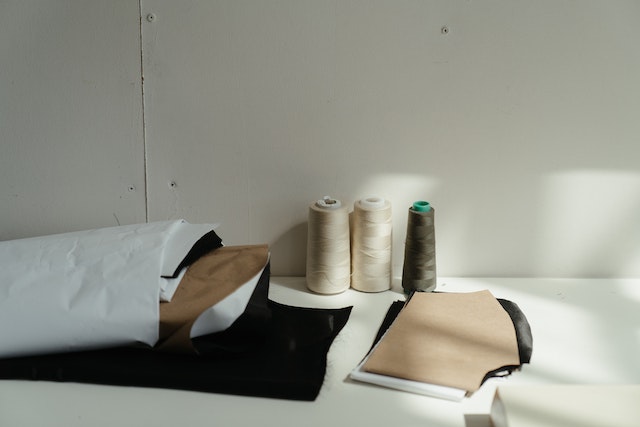
Size of Sewing Threads
When it comes to sewing threads, size does matter! The thickness of the thread will affect both the appearance and strength of your stitches. In general, thicker threads are best for heavy-duty projects like upholstery or outerwear, while thinner threads are better for delicate fabrics or projects that require a lot of detailed work.
There are a few different ways to measure the thickness of a sewing thread. The most common is denier, which is a measurement of the thread’s weight in grams per 9,000 meters. Another option is tex, which measures the thread’s weight in grams per 1,000 meters. For reference, a typical all-purpose sewing thread has a denier of 40 or 50.
When choosing a sewing thread, you’ll also need to consider the ply. This refers to the number of strands that are twisted together to create the thread. Most sewing threads are made with 2-ply or 3-ply construction, but you can also find threads with more strands for heavyweight projects.
Finally, pay attention to the color of the sewing thread. While white and black are always popular choices, there are literally thousands of colors available. Many companies offer color cards so you can see exactly what shade you’re getting before you buy.
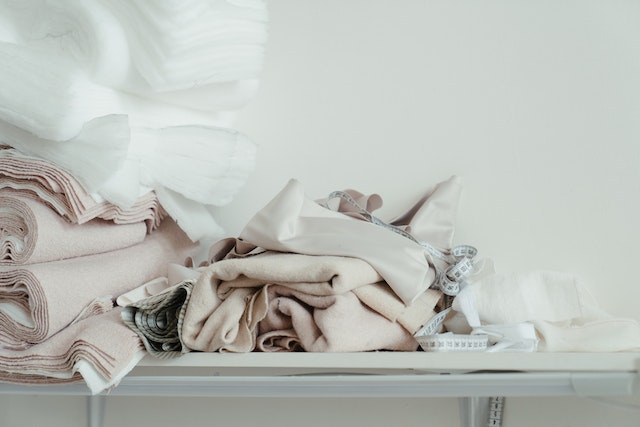
Different Types of Fabrics and their Appropriate Thread
There are many different types of fabrics, each with its own appropriate type of sewing thread. The most common types of fabrics are cotton, denim, polyester, and wool.
Cotton: is a natural fiber that is typically used for lightweight garments. The threads used for sewing cotton fabric are usually made from cotton or polyester.
Denim: is a sturdy fabric that is typically used for jeans and other heavy-duty garments. The threads used for sewing denim are usually made from cotton or polyester.
Polyester: is a synthetic fiber that is typically used for sportswear and other garments that need to be wrinkle-resistant. The threads used for sewing polyester fabric are usually made from polyester or nylon.
Wool: is a natural fiber that is typically used for winter clothing. The threads used for sewing wool fabric are usually made from wool or acrylic.
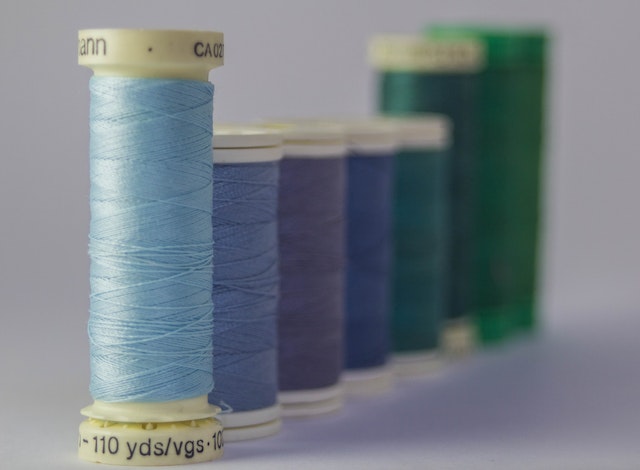
Industrial Sewing machine Thread Sizes
Industrial sewing machines come in a variety of sizes, each of which uses a different size thread. The most common industrial sewing machine thread sizes are 40, 50, 60, and 80.
40-weight thread: this is the lightest weight thread and is typically used for delicate fabrics such as silk or chiffon.
50-weight thread: is a medium weight thread that can be used on a variety of fabric types.
60-weight thread: is a heavy weight thread that is typically used on thicker fabrics such as denim or canvas.
80-weight thread: is the heaviest weight thread and is typically used on very thick fabrics such as upholstery or leather.
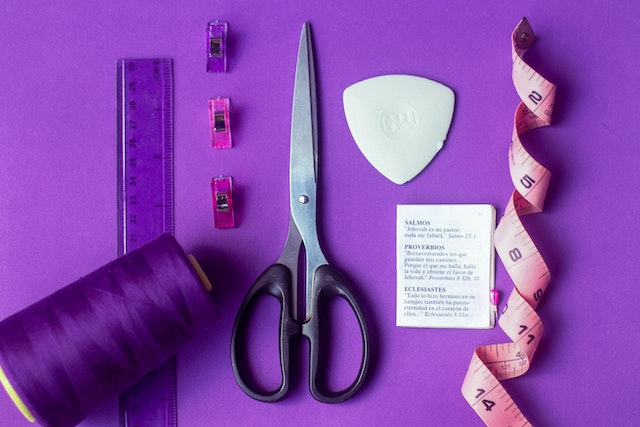
How to Choose the Right Thread for Your Project
The type of thread you use is just as important as the needle you use. The two main types of sewing thread are natural fibers and synthetic fibers.
- Natural fibers include cotton, linen, and wool.
Cotton thread is the most popular type of sewing thread. It is strong and durable, but it can shrink when wet. Linen thread is also strong, but it is more likely to break than cotton thread. The wool thread is very strong, but it can be expensive.
2. Synthetic fibers include polyester, nylon, and rayon. Each type of thread has its own benefits and drawbacks.
A polyester thread is the most common type of synthetic sewing thread. It is less likely to break than cotton or linen threads, but it can stretch over time. Nylon thread is stronger than polyester thread, but it can be more difficult to sew because it is slippery. Rayon thread is not as strong as polyester or nylon threads, but it has a beautiful sheen that makes it ideal for some types of projects.

5 Quick Tips About Thread Size
1. Use the correct thread size for your sewing machine.
2. Use a higher quality thread for better results.
3. Use the proper needle size for your project.
4. Consider the fabric you are using when selecting thread size.
5. Test your thread on scrap fabric before using it on your project.
All-purpose Polyester Sewing Thread

All-purpose polyester sewing thread is a great choice for general sewing projects. It is strong and durable and can be used on both natural and synthetic fabrics. A polyester thread is also less likely to break than other types of thread, making it a good choice for high-use items like clothing.
All-purpose Cotton Sewing Thread
All-purpose cotton sewing thread is ideal for a variety of fabrics, from light to heavyweight. It can be used for hand or machine sewing and is available in a wide range of colors.
Silk sewing thread

One of the most popular types of sewing thread is silk. Silk sewing thread is made from natural silk fibers, which makes it strong and durable. It also has a smooth texture that makes it easy to work with. Silk sewing thread comes in a variety of colors, so you can find the perfect match for your project.
Nylon sewing thread
Nylon sewing thread is a strong, durable thread that is perfect for a variety of sewing projects. It is available in a wide range of colors, so you can find the perfect match for your project. Nylon sewing thread is also very affordable, so it is a great option for those on a budget.
Polyester embroidery thread

Polyester embroidery thread is a type of thread made from polyester fibers. It is often used for decorative stitching and embroidery. Polyester embroidery thread is available in a variety of colors, and it is also possible to find threads that are already pre-wound onto spools.
Metallic sewing threads
There are many different types of metallic sewing threads, each with its own unique properties. The most common type of metallic thread is made from a metal core wrapped in a thin layer of another material, typically polyester or nylon. This type of thread is very strong and durable, making it ideal for heavy-duty sewing projects.
Other types of metallic threads are made from a variety of materials, including metals like aluminum and copper. These threads are often used for decorative stitching because they add a bit of sparkle and shine to a project. Metallic threads can be difficult to work with because they can be slippery and hard to control. However, with a little practice, you’ll be able to master the basics and create beautiful, glittering designs.

Conclusion
With so many different sewing thread types and sizes available, it is important to know which kind you need for your project. We hope this article has given you a better understanding of the different types and sizes of thread that are out there so that you can make an informed decision when selecting the best type for your next project. Whether you’re working on a quilt or making a dress from scratch, finding the right thread will ensure your final product looks its best.
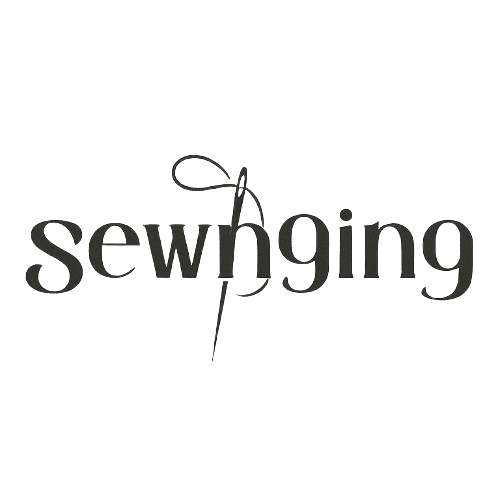
[…] to a curve, sew two lines of stitching parallel to each other along the curve. Pull on one of the threads to gather the fabric along the stitching […]
[…] Different Types of Thread […]
[…] Second, use a heavy-duty thread that is also made of leather. This type of thread is stronger than regular sewing thread and will not break as easily. Increase the presser foot pressure to help the needle penetrate the […]
[…] the type of fabric you will be working with. Different fabrics require different types of threads. For example, if you are working with a delicate fabric, you will need to use a finer thread so […]
[…] usually made from a heavier fabric. Use the same sewing techniques as you would for chinos, but use heavier-weight thread and needles. Hem the bottom of the pant legs to […]
[…] stitching. Finally, the embroidery sewing method can be quite messy, as it often involves using different colored threads and […]
[…] are three types of thread that can be used for sewing a jacket collar: all-purpose thread, cotton thread, or polyester thread. […]